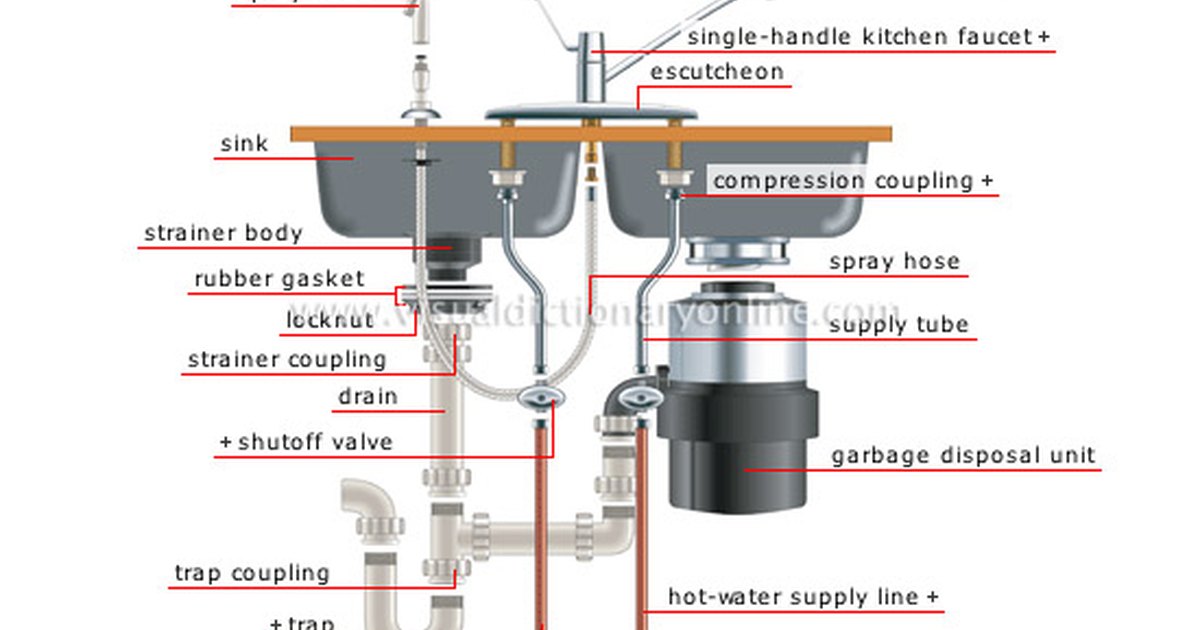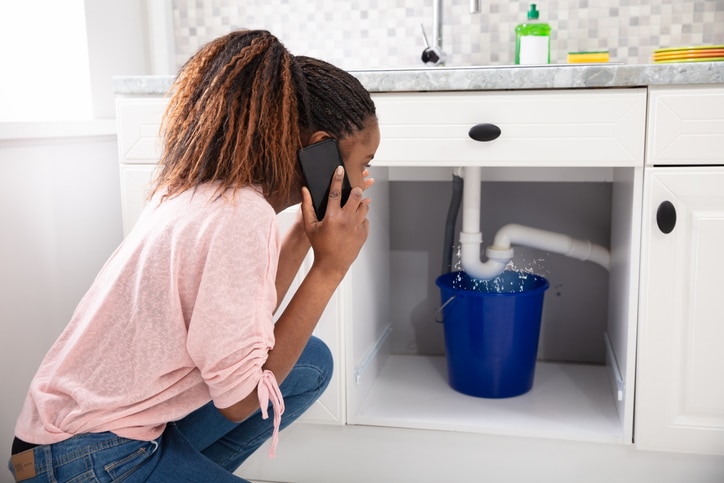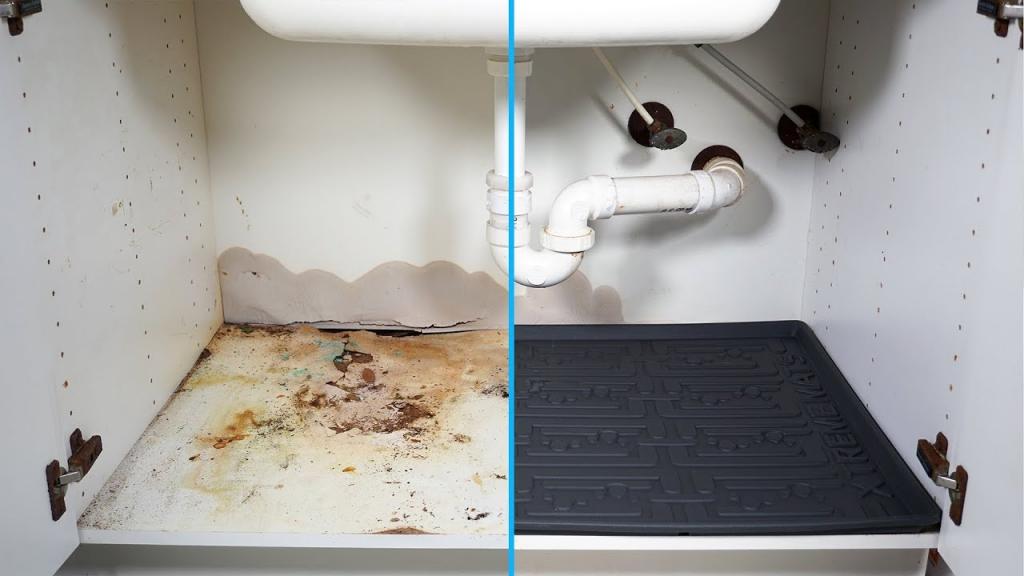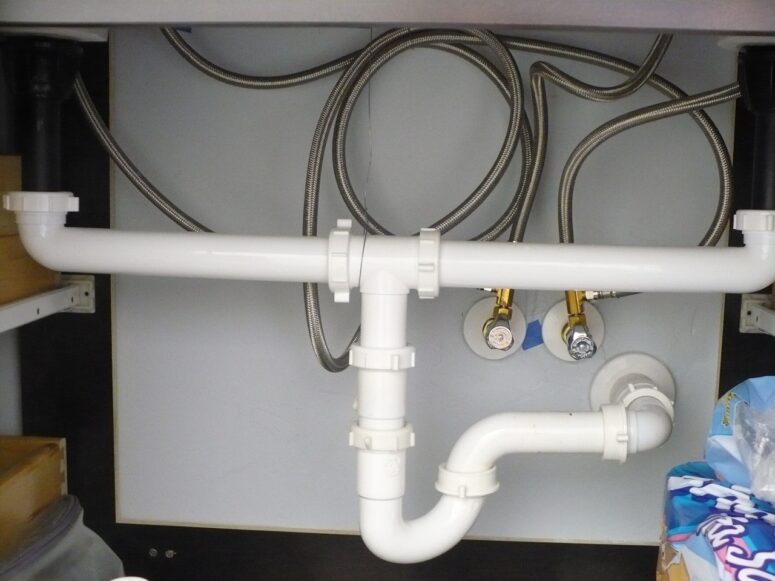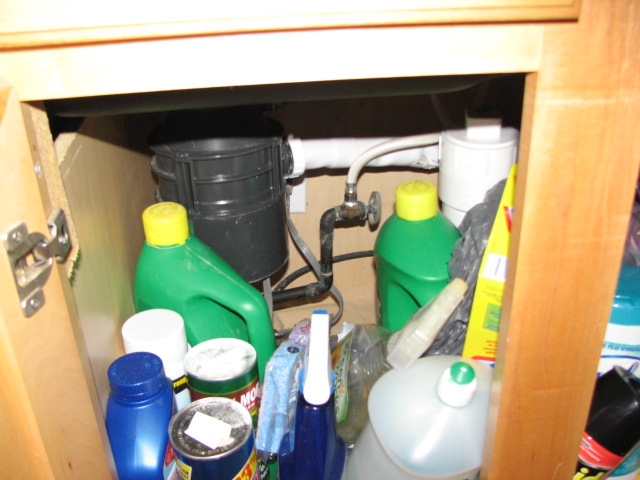If you've noticed water pooling under your kitchen sink, chances are you have a leak in your supply line. This can be a frustrating and potentially costly issue, but luckily, it's one that can be fixed relatively easily. In this guide, we'll walk you through the steps to fix a leaky kitchen sink supply line and get your sink back to working properly. First, you'll need to locate the source of the leak. Most often, it will be coming from the supply line that connects to the faucet or the shut-off valve. This is the small, flexible tube that carries water to your sink. Look for any visible cracks or holes in the line, as well as any loose connections. If the leak is coming from a crack or hole in the supply line, you'll need to replace the line entirely. This can be done by following these steps: Step 1: Turn off the water supply to your kitchen sink. This is typically done by turning the shut-off valve located under the sink in a clockwise direction. Step 2: Use a pair of pliers to loosen the nut that connects the supply line to the faucet or shut-off valve. Once it is loose, you can remove the line. Step 3: Purchase a replacement supply line of the same length and type as the one you removed. You can find these at most hardware or home improvement stores. Step 4: Connect the new supply line to your faucet or shut-off valve, making sure to tighten the nut securely. You may also want to use plumber's tape to ensure a tight seal. Step 5: Turn the water supply back on and check for any leaks. If there are no leaks, you've successfully replaced your kitchen sink supply line.How to Fix a Leaky Kitchen Sink Supply Line
If the leak is coming from a loose connection rather than a crack or hole in the supply line, you may be able to repair it without replacing the entire line. Follow these steps to repair a leaking kitchen sink supply line: Step 1: Turn off the water supply to your kitchen sink. Step 2: Use a pair of pliers to tighten the nut on the loose connection. Be careful not to over-tighten, as this can cause damage to the line. Step 3: Turn the water supply back on and check for any leaks. If the leak has stopped, you've successfully repaired your kitchen sink supply line. If the leak persists, you may need to replace the supply line as it may be too damaged to repair. Follow the steps outlined in the previous section for replacing a supply line.How to Repair a Leaking Kitchen Sink Supply Line
If you're dealing with a minor leak in your kitchen sink supply line, you may be able to stop it temporarily until you can replace the line. Follow these steps to stop a leak in your kitchen sink supply line: Step 1: Turn off the water supply to your kitchen sink. Step 2: Use a piece of rubber from a rubber glove or a rubber patch kit to cover the leak in the supply line. Step 3: Secure the rubber with a hose clamp or duct tape. Step 4: Turn the water supply back on and check for any leaks. If the leak has stopped, you can use this temporary fix until you are able to replace the supply line.Steps to Stop a Kitchen Sink Supply Line Leak
Understanding the common causes of kitchen sink supply line leaks can help prevent them from occurring in the future. Some of the most common causes include:Common Causes of Kitchen Sink Supply Line Leaks
If you're dealing with a minor leak in your kitchen sink supply line, there are a few DIY solutions you can try before resorting to replacing the line. These include:DIY Solutions for Leaky Kitchen Sink Supply Lines
In addition to visible water pooling under your sink, there are a few other signs that may indicate a leak in your kitchen sink supply line. These include:Signs of a Leaking Kitchen Sink Supply Line
While some leaks in kitchen sink supply lines may be unavoidable, there are steps you can take to help prevent them from occurring. These include:Preventing Leaks in Kitchen Sink Supply Lines
If you've determined that your kitchen sink supply line needs to be replaced, it's important to do so as soon as possible to avoid further damage. You can either replace the line yourself following the steps outlined earlier, or you can call a professional plumber to handle the job for you. While it may be tempting to try and save money by attempting a DIY fix, it's important to remember that plumbing can be complex and mistakes can lead to costly repairs down the line. Hiring a professional can ensure that the job is done correctly and safely.Replacing a Leaky Kitchen Sink Supply Line
In conclusion, a leaking kitchen sink supply line can be a nuisance, but it's a problem that can be fixed. By following the steps outlined in this guide, you can detect and fix a leak in your supply line and prevent further damage to your kitchen. Remember to regularly check for signs of wear or damage and address any issues promptly to prevent leaks from occurring in the future.How to Detect and Fix a Kitchen Sink Supply Line Leak
If you're dealing with a persistent or severe leak in your kitchen sink supply line, it's best to leave the job to a professional plumber. They have the skills and expertise to properly diagnose and fix the issue, ensuring a long-lasting and effective solution. Don't hesitate to call in a professional if you feel unsure or uncomfortable handling the repair yourself.Professional Plumbing Services for Kitchen Sink Supply Line Leaks
How to Identify and Fix Supply Leaks Under the Kitchen Sink
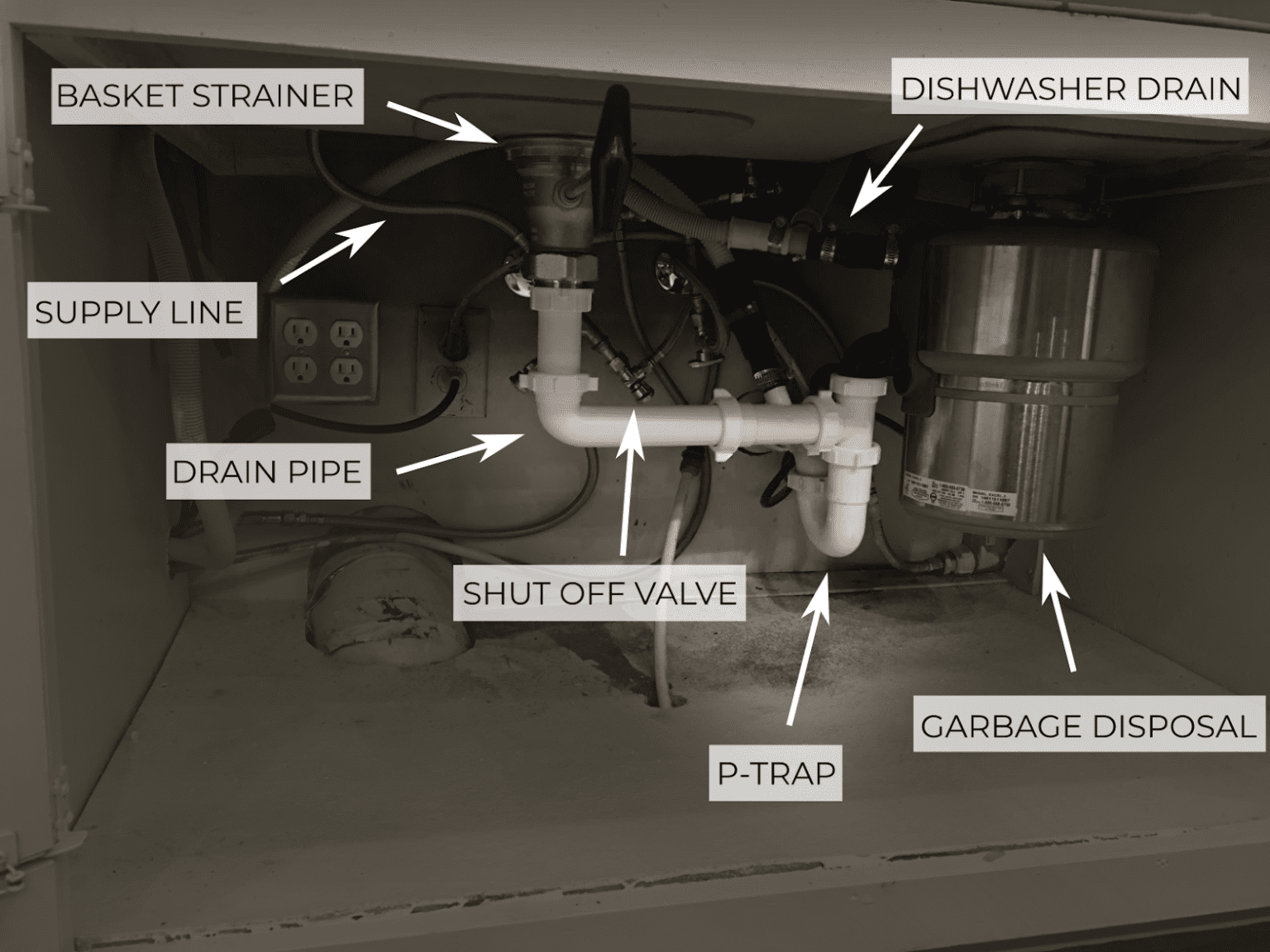
Don't Let a Leaky Sink Ruin Your Kitchen Design
 When it comes to designing the perfect kitchen, there are many factors to consider. From the layout and appliances to the color scheme and decor, every detail plays a role in creating a functional and visually appealing space. However, one aspect that often gets overlooked is the plumbing under the sink. A leaky supply line under the kitchen sink can not only cause water damage and mold growth, but it can also ruin the aesthetics of your carefully designed kitchen. In this article, we'll discuss how to identify and fix supply leaks under the kitchen sink to ensure your kitchen stays both beautiful and functional.
When it comes to designing the perfect kitchen, there are many factors to consider. From the layout and appliances to the color scheme and decor, every detail plays a role in creating a functional and visually appealing space. However, one aspect that often gets overlooked is the plumbing under the sink. A leaky supply line under the kitchen sink can not only cause water damage and mold growth, but it can also ruin the aesthetics of your carefully designed kitchen. In this article, we'll discuss how to identify and fix supply leaks under the kitchen sink to ensure your kitchen stays both beautiful and functional.
Identifying the Source of the Leak
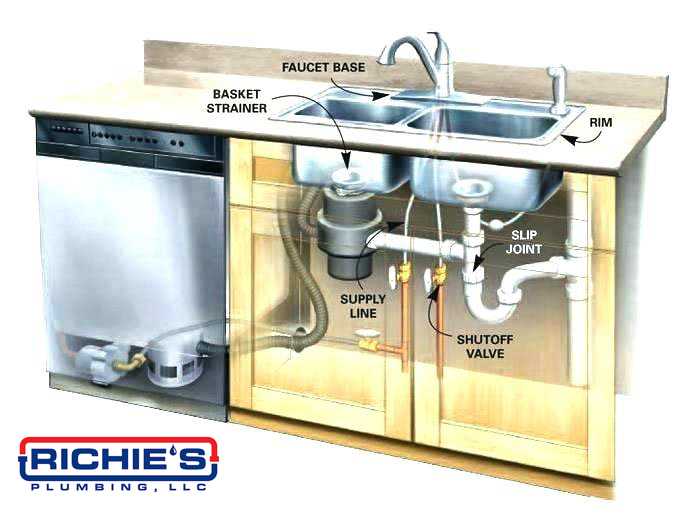 The first step in fixing a supply leak under the kitchen sink is identifying where the leak is coming from. This can be done by carefully inspecting the area under the sink. Look for any visible signs of water, such as puddles or dampness. If you can't see any obvious signs, try running some water and see if you can spot where it's dripping from. If the leak is coming from the supply line, you will likely see water dripping from the connector where the line attaches to the faucet or shut-off valve. Once you've identified the source of the leak, you can move on to fixing it.
Related keyword:
kitchen sink supply line leak
The first step in fixing a supply leak under the kitchen sink is identifying where the leak is coming from. This can be done by carefully inspecting the area under the sink. Look for any visible signs of water, such as puddles or dampness. If you can't see any obvious signs, try running some water and see if you can spot where it's dripping from. If the leak is coming from the supply line, you will likely see water dripping from the connector where the line attaches to the faucet or shut-off valve. Once you've identified the source of the leak, you can move on to fixing it.
Related keyword:
kitchen sink supply line leak
Fixing the Leak
 If the leak is coming from the supply line itself, the first step is to turn off the water supply to the sink. This can usually be done by turning the shut-off valve located under the sink in a clockwise direction. Next, you'll need to disconnect the supply line from both the faucet and shut-off valve. This can be done using an adjustable wrench or pliers. Once the line is disconnected, inspect it for any cracks or damage. If the line looks damaged, it will need to be replaced. If it looks intact, you can try tightening the connections to see if that stops the leak. If the leak persists, it may be time to call a professional plumber.
Featured keyword:
fix supply leaks
If the leak is coming from the supply line itself, the first step is to turn off the water supply to the sink. This can usually be done by turning the shut-off valve located under the sink in a clockwise direction. Next, you'll need to disconnect the supply line from both the faucet and shut-off valve. This can be done using an adjustable wrench or pliers. Once the line is disconnected, inspect it for any cracks or damage. If the line looks damaged, it will need to be replaced. If it looks intact, you can try tightening the connections to see if that stops the leak. If the leak persists, it may be time to call a professional plumber.
Featured keyword:
fix supply leaks
Preventing Future Leaks
 To prevent future leaks under the kitchen sink, it's important to regularly inspect the supply line and its connections for any signs of wear and tear. It's also a good idea to replace the supply line every 5-7 years, even if it appears to be in good condition. Additionally, make sure to properly tighten all connections when installing a new supply line. This will help to ensure a tight seal and prevent any potential leaks.
Featured keyword:
prevent supply leaks
To prevent future leaks under the kitchen sink, it's important to regularly inspect the supply line and its connections for any signs of wear and tear. It's also a good idea to replace the supply line every 5-7 years, even if it appears to be in good condition. Additionally, make sure to properly tighten all connections when installing a new supply line. This will help to ensure a tight seal and prevent any potential leaks.
Featured keyword:
prevent supply leaks
In Conclusion
 Supply leaks under the kitchen sink may seem like a minor issue, but they can quickly turn into a major problem if not addressed promptly. By following these tips, you can identify and fix any supply leaks in your kitchen, keeping it both functional and aesthetically pleasing. Don't let a leaky sink ruin your carefully designed kitchen. Stay on top of maintenance and address any issues as soon as they arise. Your kitchen, and your wallet, will thank you.
Supply leaks under the kitchen sink may seem like a minor issue, but they can quickly turn into a major problem if not addressed promptly. By following these tips, you can identify and fix any supply leaks in your kitchen, keeping it both functional and aesthetically pleasing. Don't let a leaky sink ruin your carefully designed kitchen. Stay on top of maintenance and address any issues as soon as they arise. Your kitchen, and your wallet, will thank you.


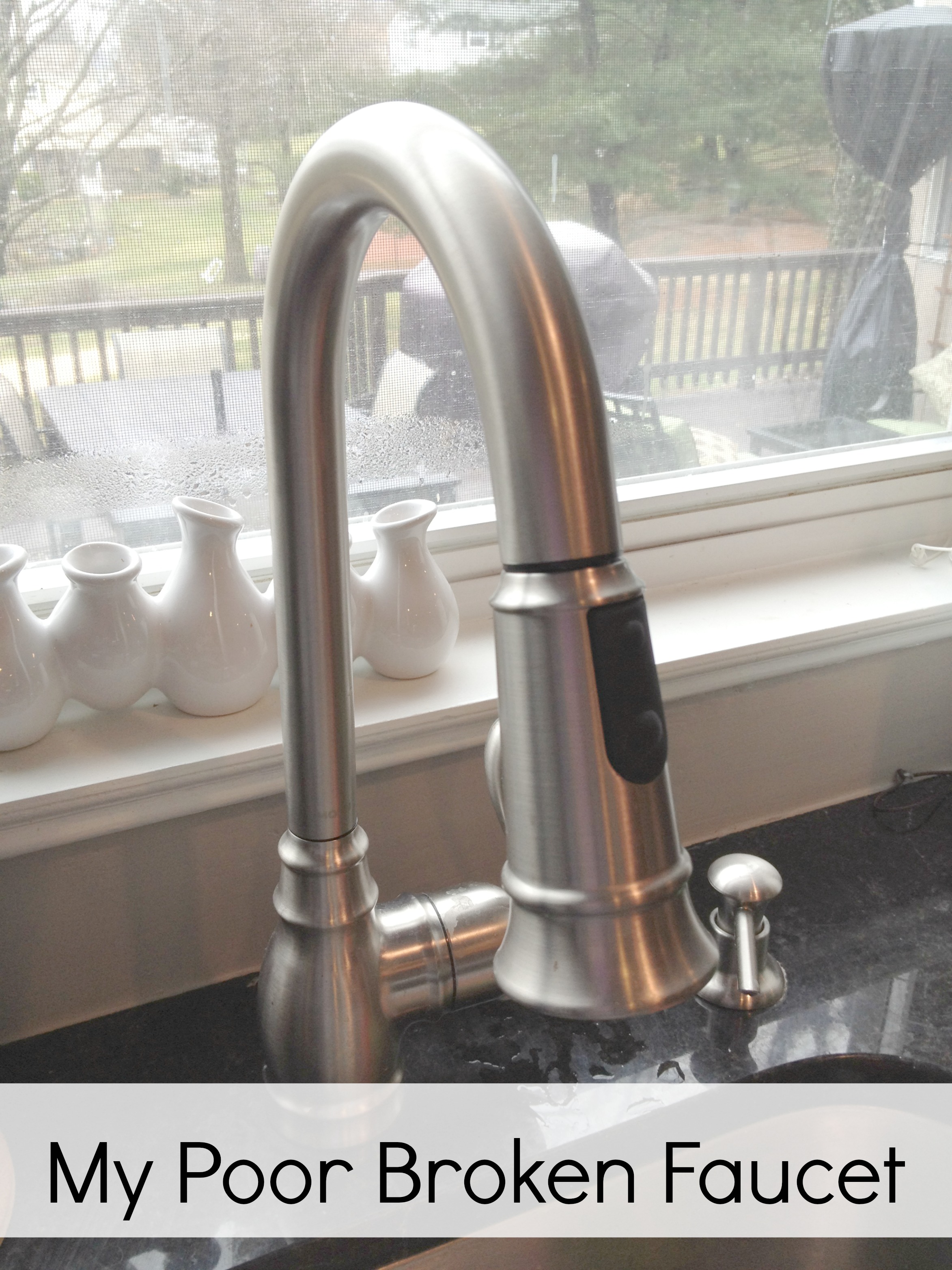


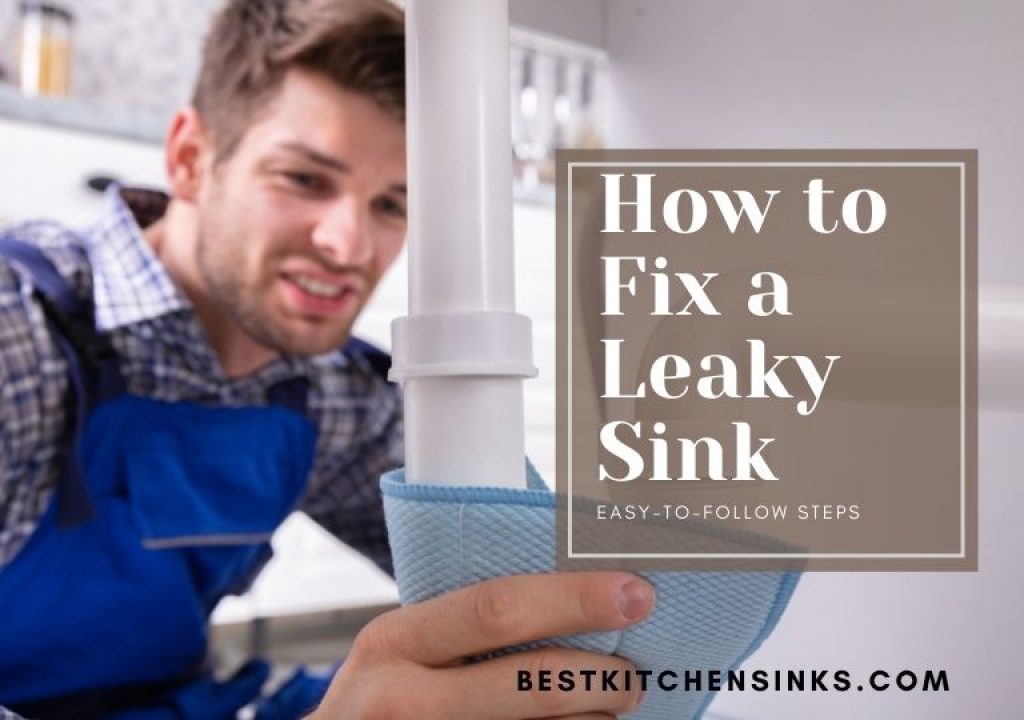






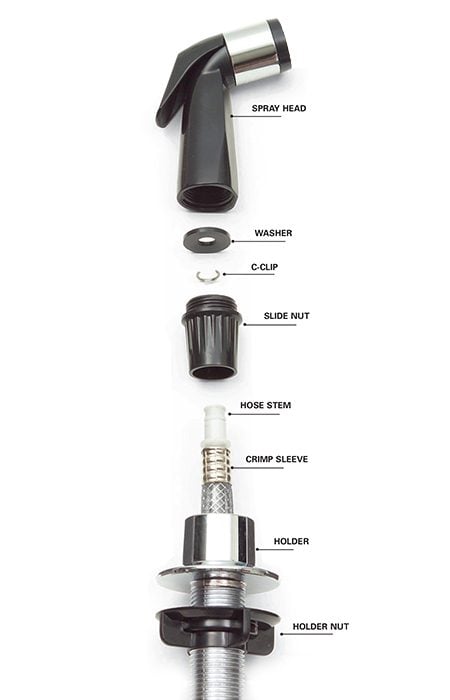
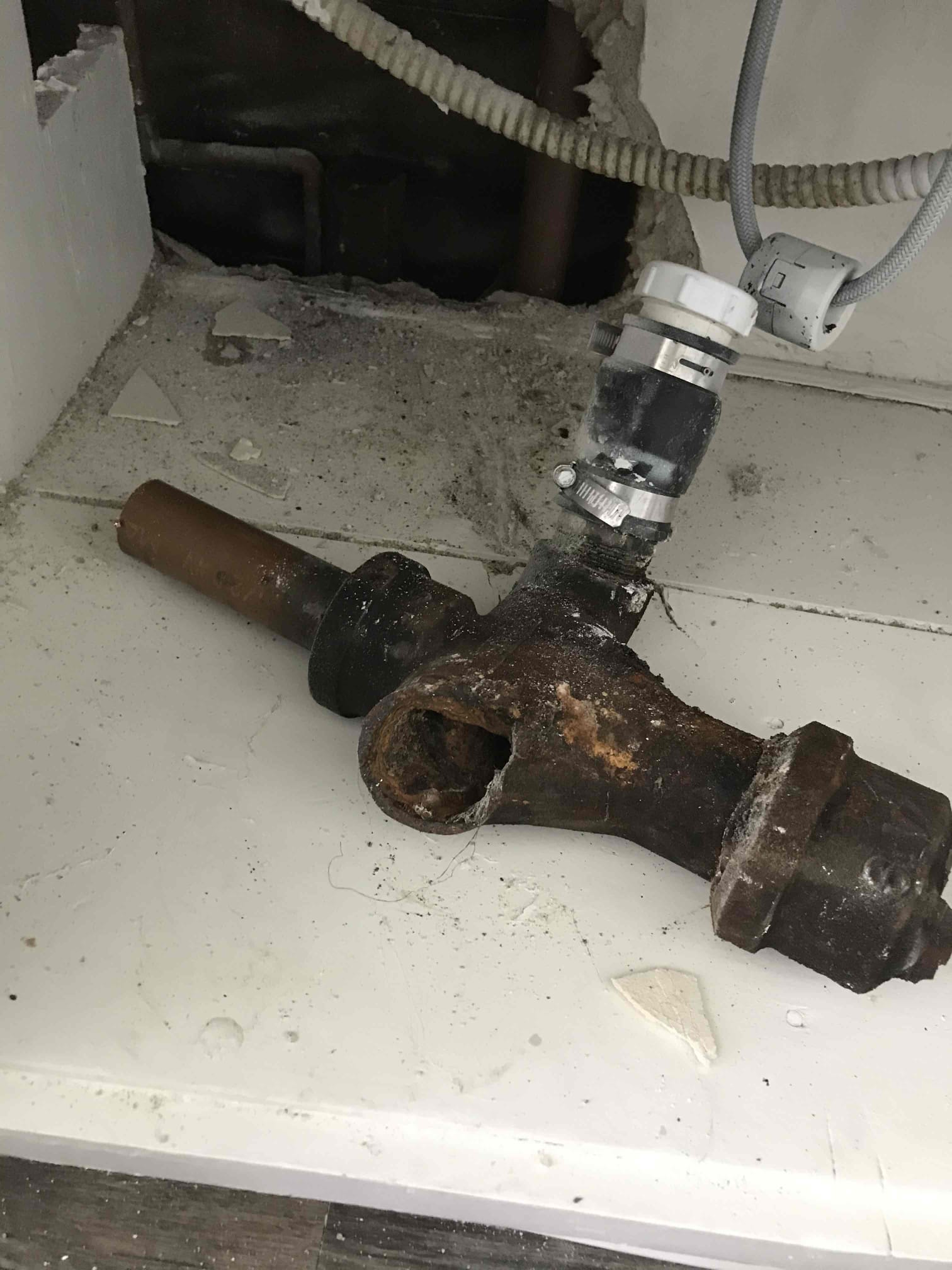






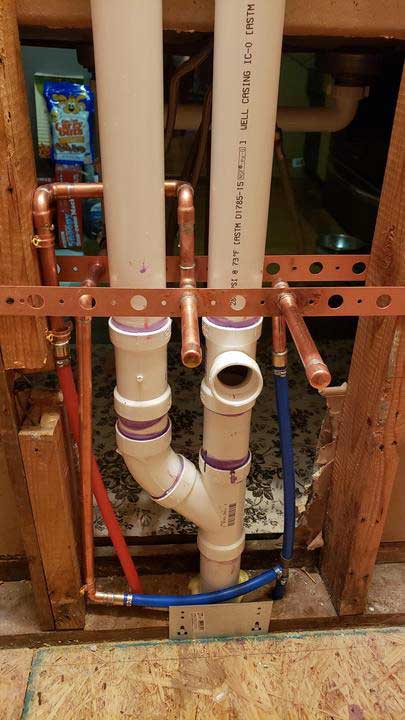

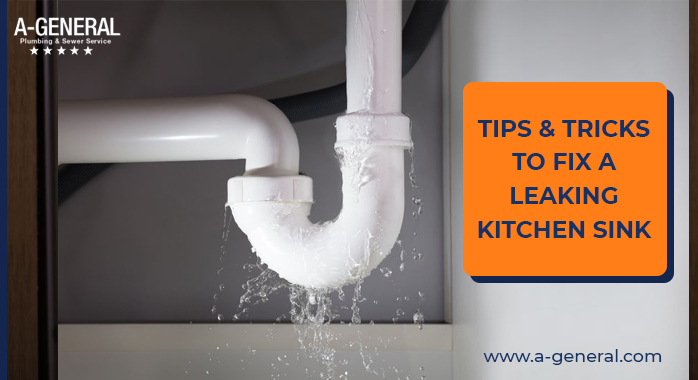
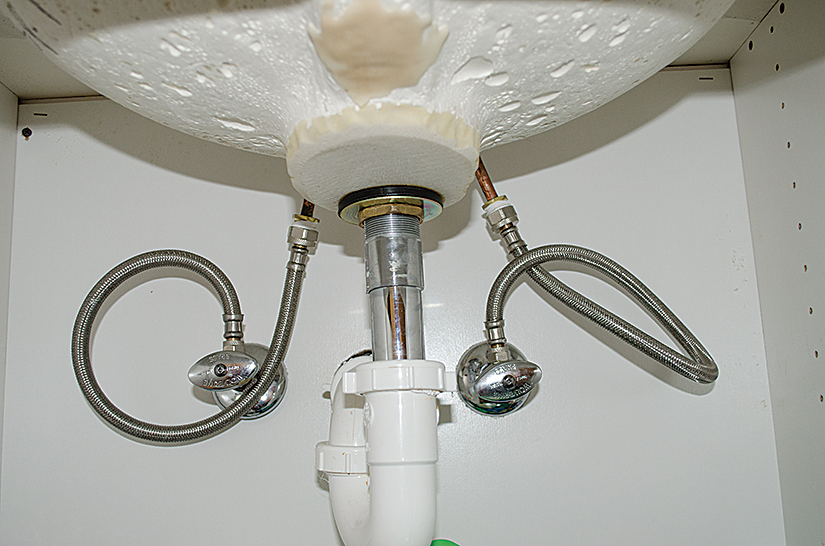

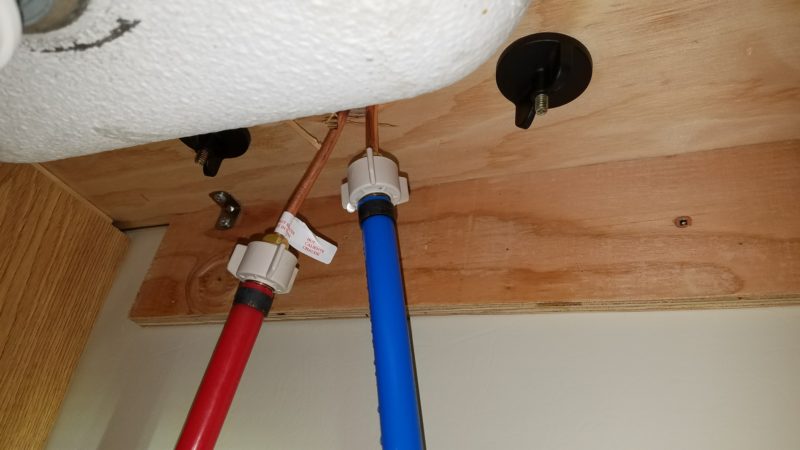



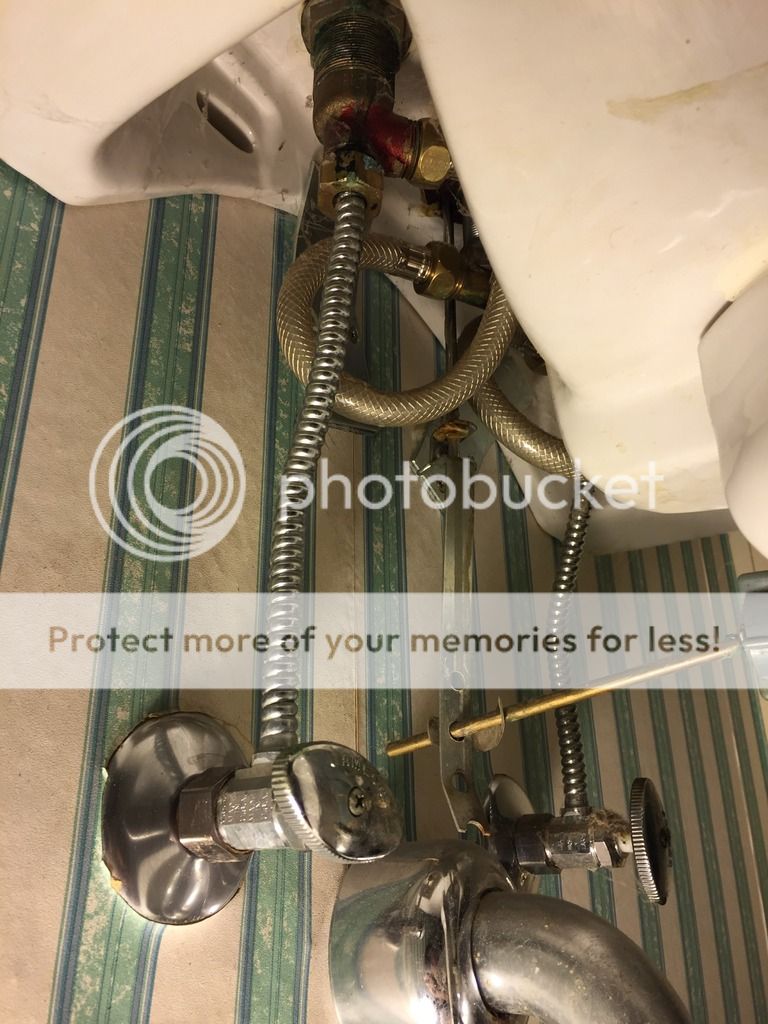




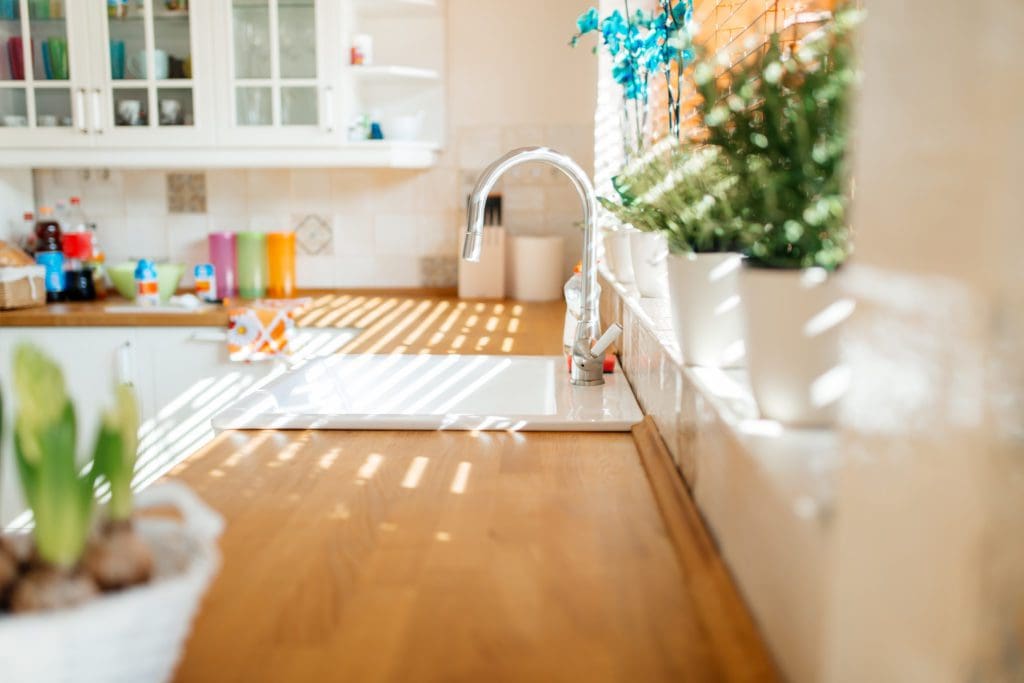






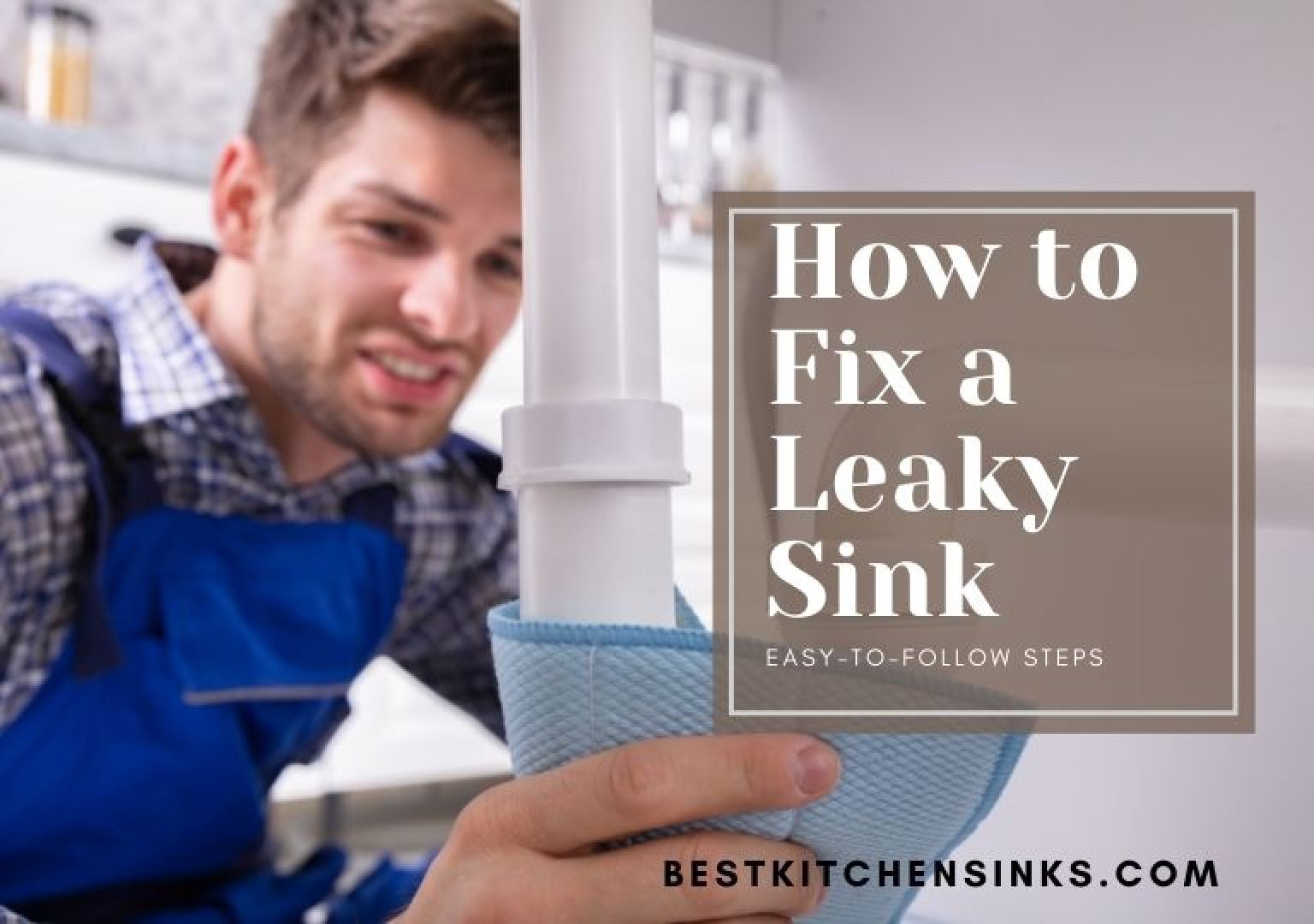
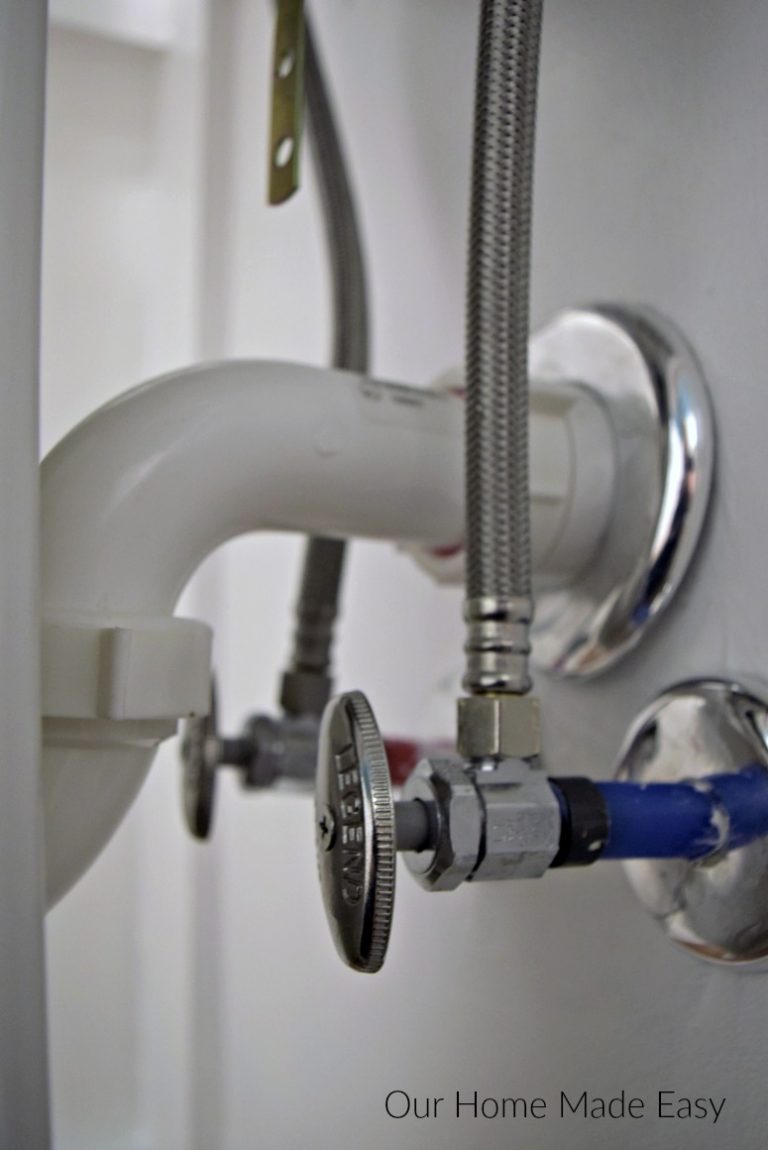
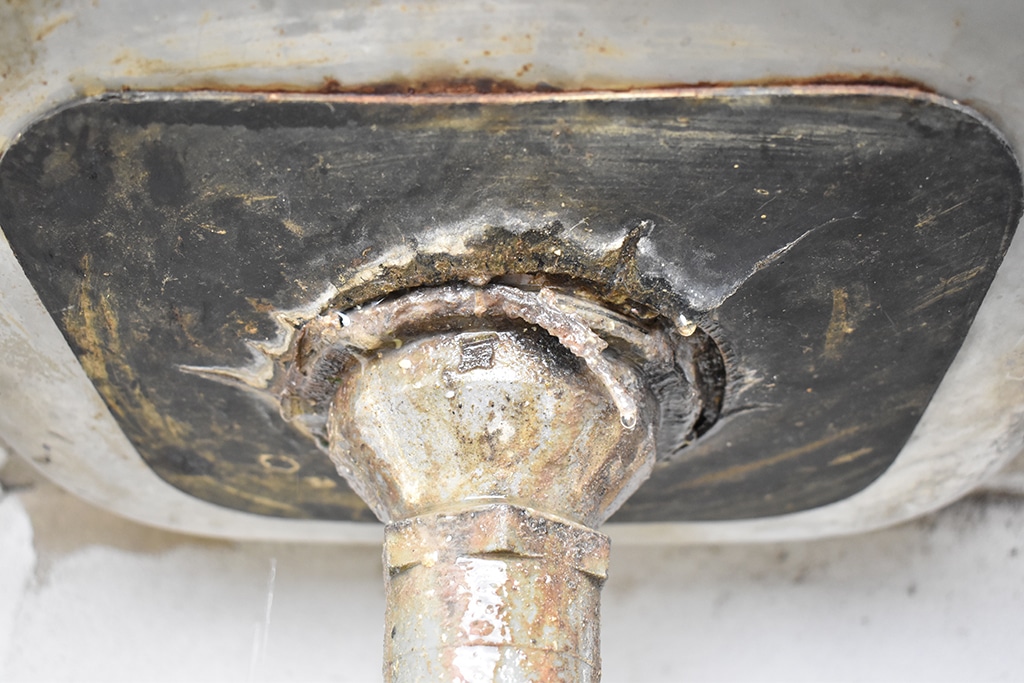


:no_upscale()/cdn.vox-cdn.com/uploads/chorus_asset/file/19495086/drain_0.jpg)

